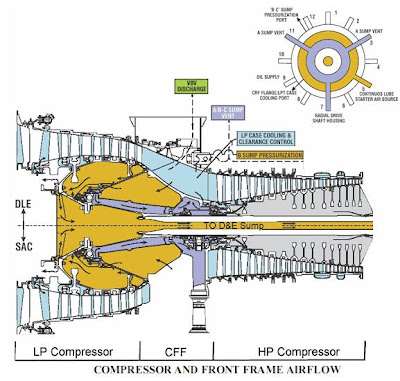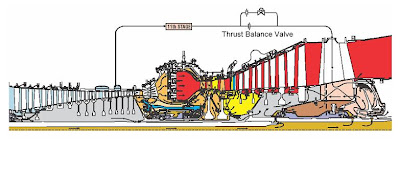Gallstones are small, stone-like substances that develop in the gallbladder or anywhere within the biliary tree, including the bile duct. This happens when the bile, which is produced by the liver and stored in the gallbladder, hardens into pieces of pebble-like material. Gallstones (choleliths) are crystalline bodies formed by accretion or concretion of normal or abnormal bile component. If the bile contains too much cholesterol or bilirubin, it can harden into gallstones.
There are two types of gallstones; cholesterol stones and pigment stones. Cholesterol stones are usually yellow-green and are made primarily of hardened cholesterol. They account for about 80 percent of gallstones. Pigment stones are small, dark stones made of bilirubin. Gallstones can be as small as a grain of sand or as large as a golf ball. The gallbladder can develop just one large stone, hundreds of tiny stones, or a combination of the two.
Obstruction of the common bile duct is choledocholithiasis; obstruction of the biliary tree can cause jaundice; obstruction of the outlet of the pancreatic exocrine system can cause pancreatitis. Cholelithiasis is the presence of stones in the gallbladder—chole- means "bile", lithia means "stone", and -sis means "process".
At the beginning gallstones remains asymptomatic. But once the stones reach a certain size, they start causing symptoms. A main symptom of gallstones is commonly referred to as a gallstone "attack", also known as biliary colic, in which a person will experience intense pain in the upper abdominal region that steadily increases for approximately thirty minutes to several hours. These attacks are sharp and intensely painful, similar to that of a kidney stone attack.
Often, these attacks occur after a particularly fatty meal and almost always happen at night. Other symptoms include abdominal bloating, intolerance of fatty foods, belching, gas, and indigestion. One way to alleviate the abdominal pain is to drink a full glass of water at the start of an attack to regulate the bile in the gallbladder. Another way is to take magnesium followed by a bitter liquid such as coffee or swedish bitters an hour later. Bitter flavors stimulate bile flow. A study has found lower rates of gallstones in coffee drinkers. But if the above symptoms coincide with chills, yellowing of the skin or eyes, and clay-colored stool, a doctor should be consulted immediately.
As treatment, gallstones can be broken up using a procedure called lithotripsy, which is a method of concentrating ultrasonic shock waves onto the stones to break them into tiny pieces. They are then passed safely in the feces. However, this form of treatment is only suitable when there are a small number of gallstones. When this procedure is not possible, then the gallbladder is surgically removed. The gallbladder removal is called cholecystectomy, which has a 99% chance of eliminating the recurrence of cholelithiasis. Only symptomatic patients must be indicated to surgery. The lack of a gall bladder does not seem to have any negative consequences in many people.














































